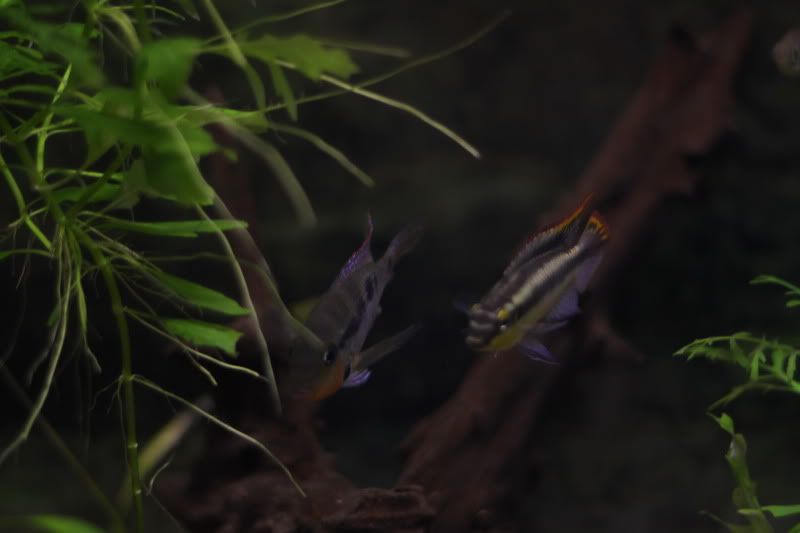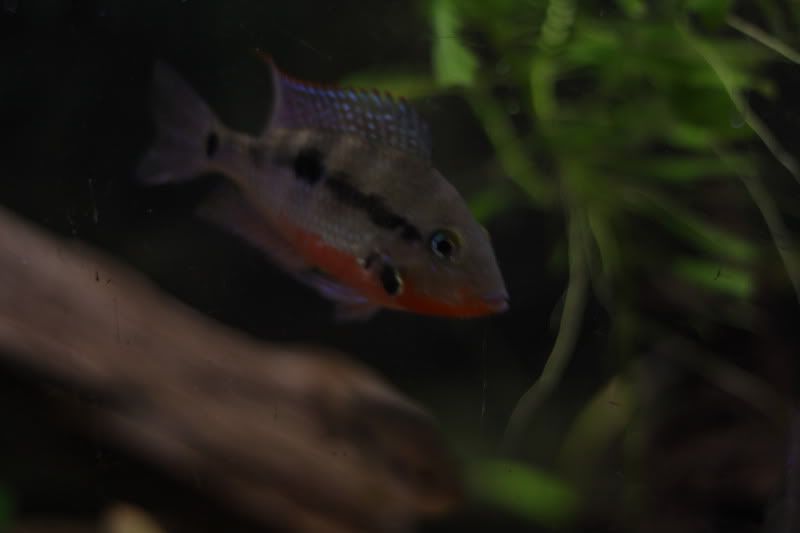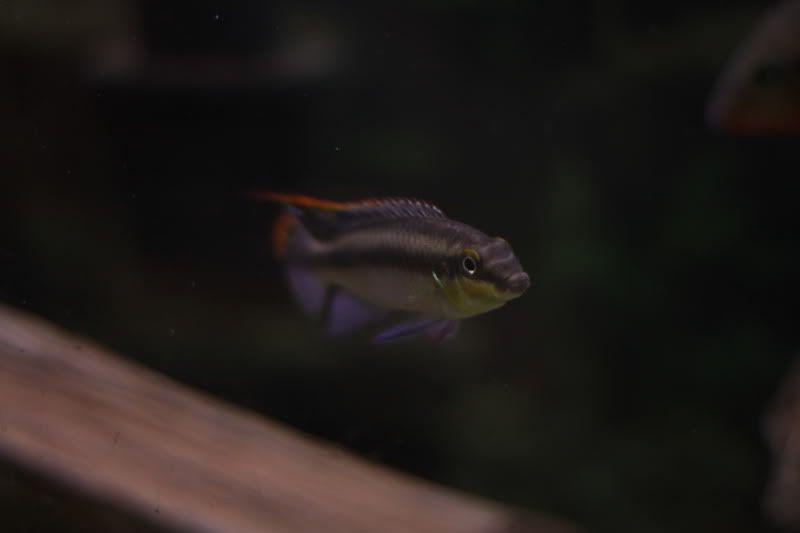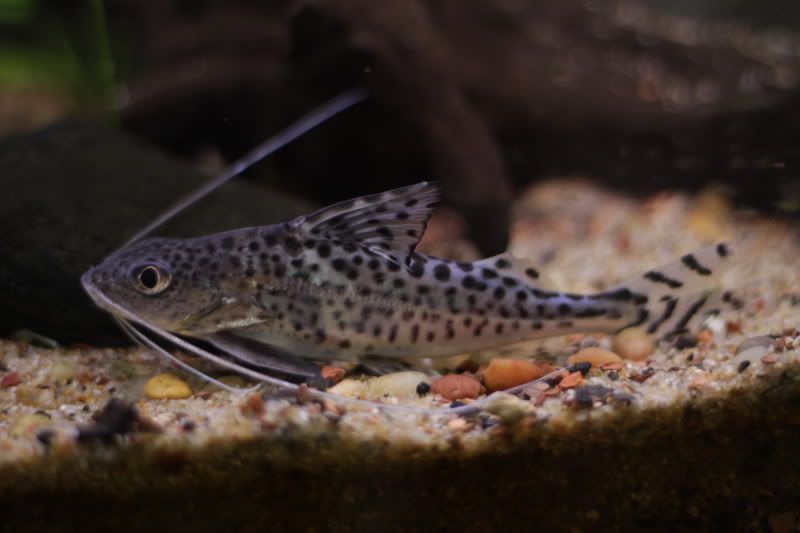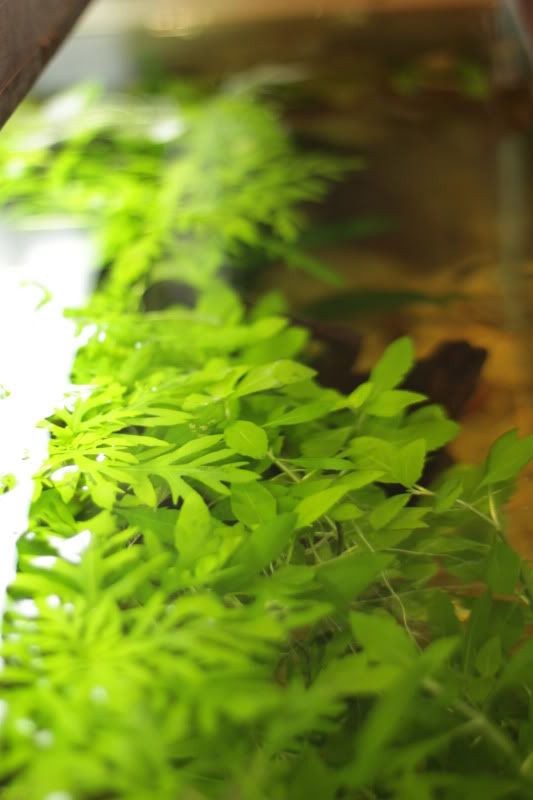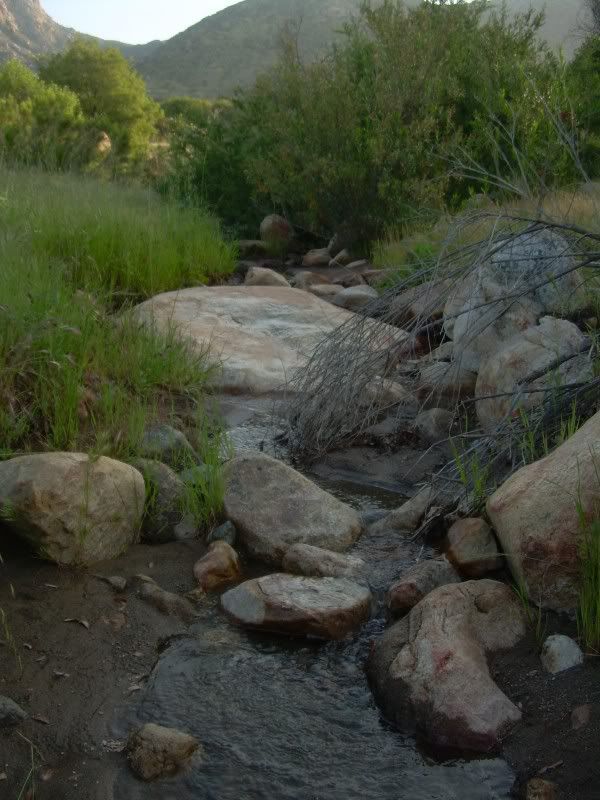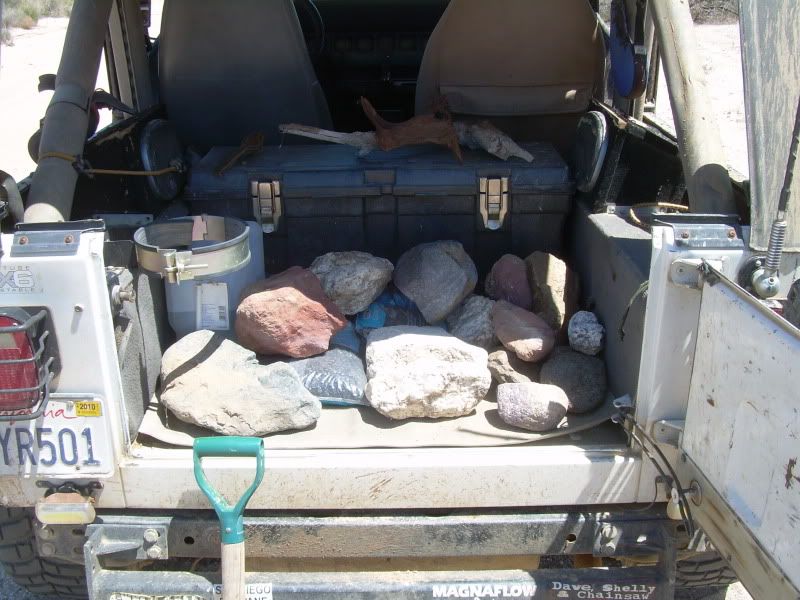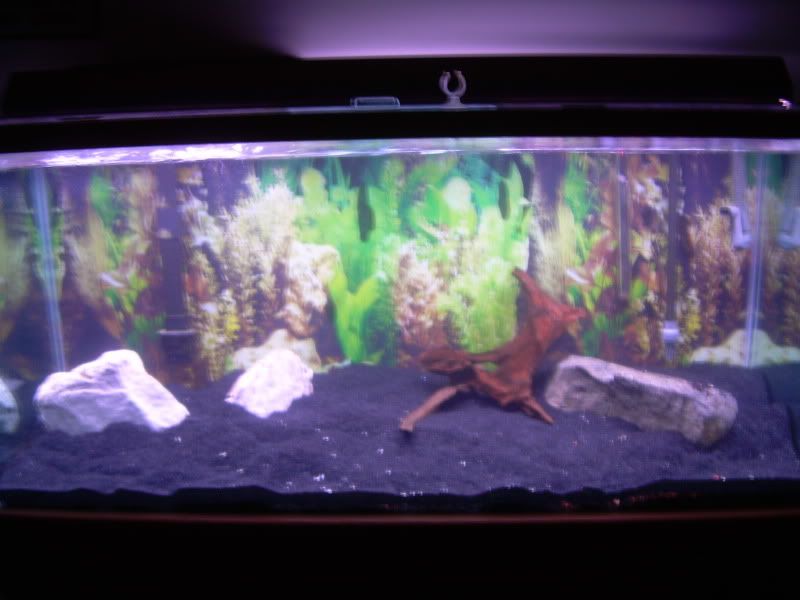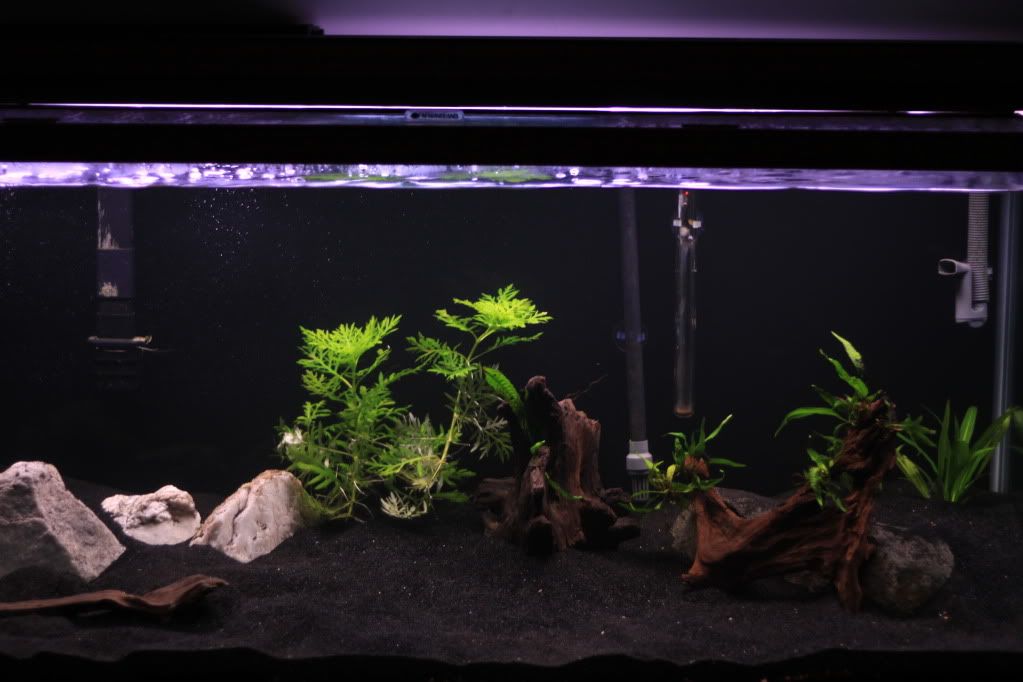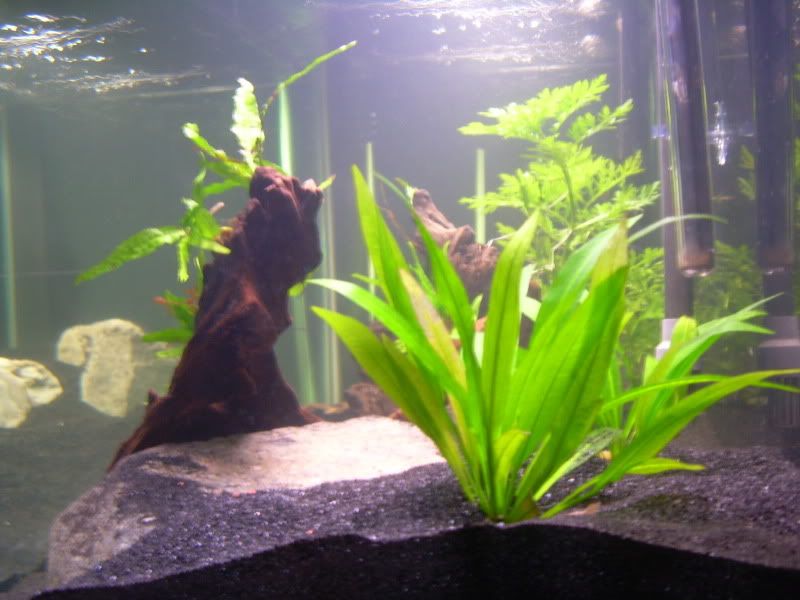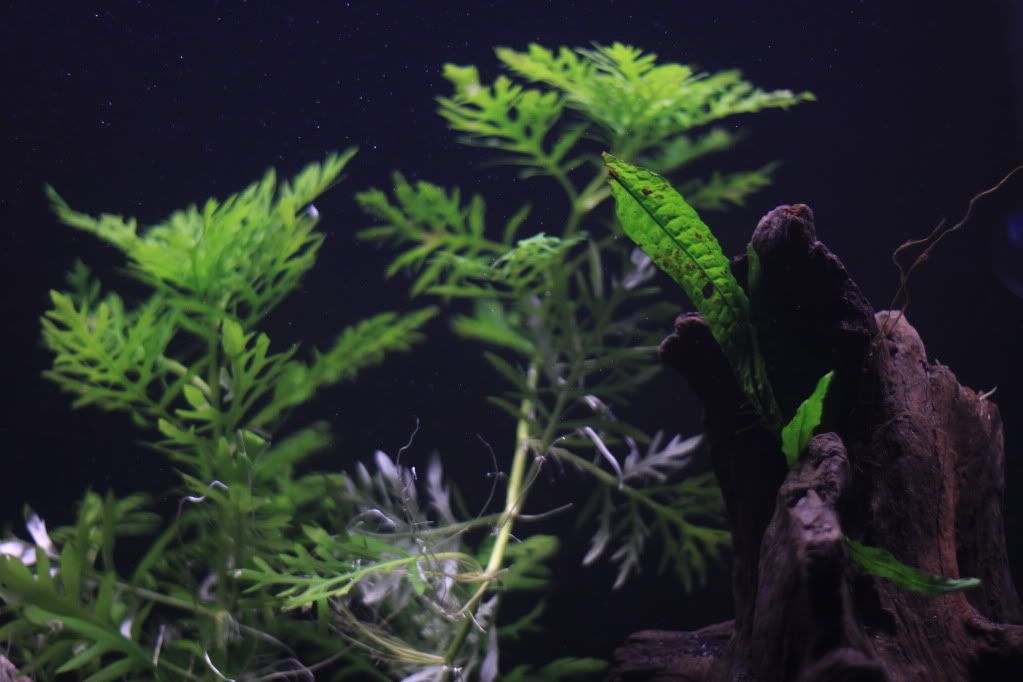I know it'll be a planted tank like my 30 and 60 and I had finally settled on what stock I want. So I got the tank filled just to make sure all the filters work and check the level. I need to order a new impeller cover for the Fluval to quite it down. Also need to level the tank out a bit as you can see.
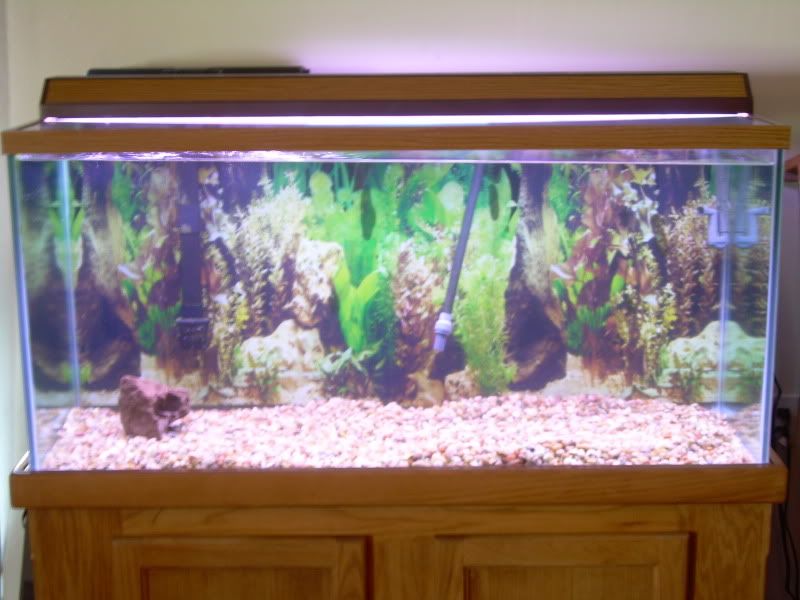
I found 3/4" board to put under one end and it leveled out perfectly! I'll get a few more cut to size so that the whole bottom will be supported. Its always important to make sure that any large aquarium (55 gallons and up) is setting on a level surface or else the uneven pressure in the tank may cause the glass to crack and leak. After that, I'll be getting sand, rocks, driftwood, plants and more filter media. Can't wait to get it going!
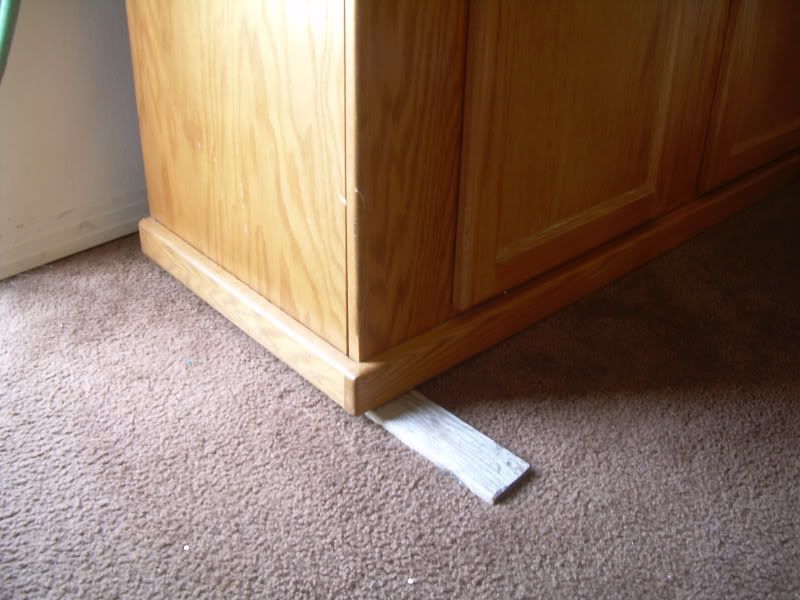
Still got a ways to go...
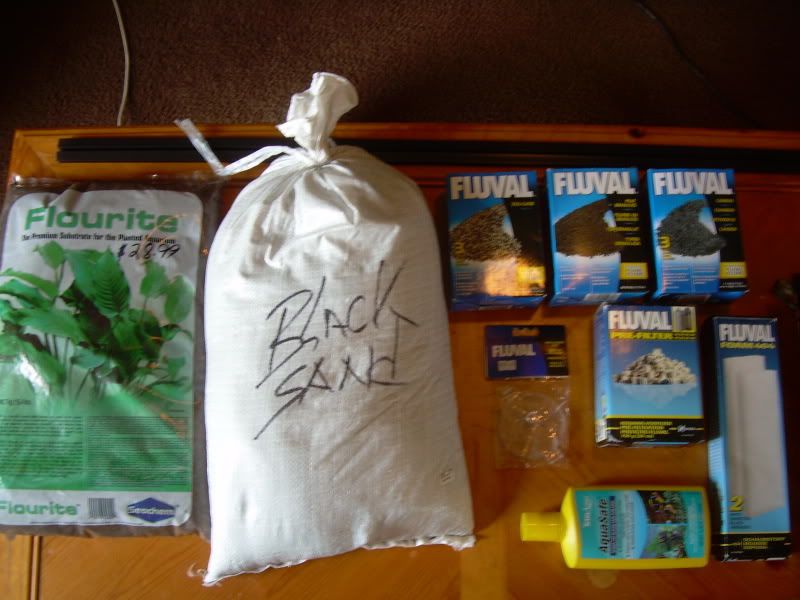
I had considered getting just a single Jaguar Cichlid or maybe a pair of Oscars but wanted more fish than that. So here's my stock list.
2x Needlenose Gar (Xenentodon cancila)

2x Slantnose Gar (Ctenolucius hujeta)

2x Pictus Catfish (Pimelodus pictus)

1x Dinosaur Bichir (Polypterus senegalus)

2x Peacock Eels (Macrognathus siamensis)
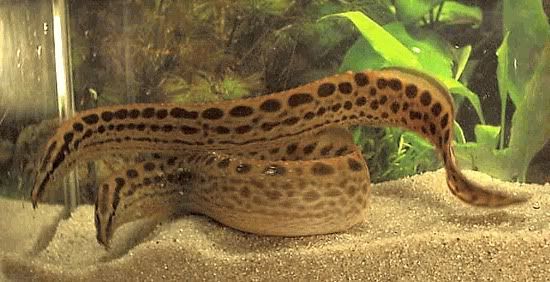
Besides the two Pictus Cats I got with it the little guy that I didn't know what it was turned out to be a Marbled Goby. He went into my community 30 gallon and after a bit I started to notice that I was missing a few fish and that the new guy was looking fat and happy. So after some research I found out that they are a large, solitary, slow-moving fish which rests undisturbed on the bottom of quiet streams, canals and lakes in many parts of Southeast Asia. It rarely moves, even when disturbed. It preys on other fish, which are oblivious to its presence. Since they get over 20" in length I'm gonna need a bigger tank down the line or trade him in. It really sucks when people get fish without taking the time to do their research first and get the kind of fish that they can properly house and care for!
Anyway, I plan on giving them a really nice place to hide in the 80. Gonna use a 4" section of black corrugated drainage pipe to make a nice tunnel/cave for them. It'll be u-shaped and buried behind a rock shelf to one side. Here's a picture of the little fish-killer. So cute!
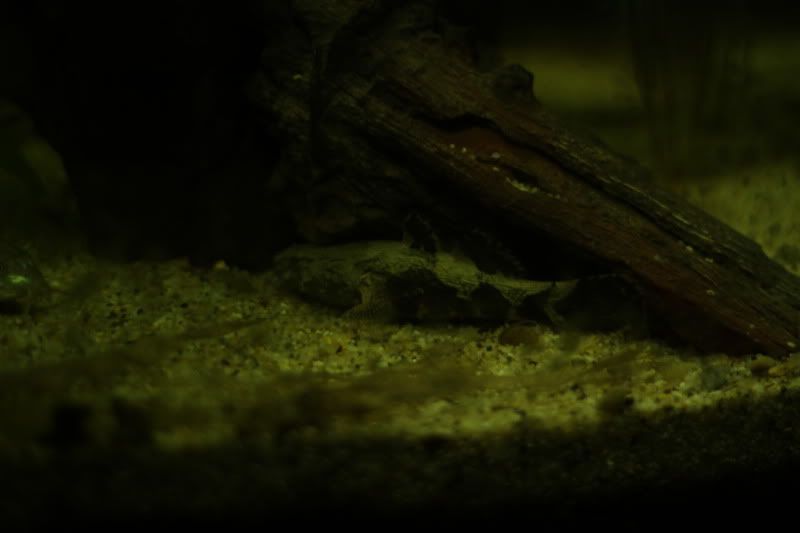
Once everything is setup and running in the tank it'll need to be cycled before I add any fish to it. Every new tank, with new filtration, has to be cycled to be safe for aquatic life. What is meant by "cycled"?
"Cycled" is a reference to the Nitrogen cycle. This is the bio filtration that happens in our filters, where a large colony of beneficial bacteria will grow and help process the wastes produced by the tank's inhabitants.
Since the existence of fish wastes have always been considered the starting point of a cycle, traditionally the cycling process would involve initially adding a few tougher fish (such as Zebra Danios) and allowing their waste to cycle the tank. This method is indeed effective, however, it is very stressful for even the strongest fish. Ammonia is highly toxic, and its effect on the fish's gills could be compared to shampoo in your eyes...it "burns"! Worse yet, it will also cause permanent damage to the very tissues that allow the fish to breath. This damage is so serious that a significant fraction of fish used to cycle a tank die during the cycling period itself, and even those who do manage to survive the cycle have their life expectancy greatly shortened, often dying within the next few months instead of living a happy life of 3-10 years that almost all fish are capable of.
In short:
"Ammonia" (toxic fish waste) is converted by bacteria into-
"Nitrite" (toxic as well) then converted by a second type of bacteria into-
"Nitrate"(basicaly harmless in low concentrations) that gasses off in the Aquarium.
This information is not for the advanced water chemist, its is directed to those fishkeepers that do not know what the nitrogen cycle is, and have had problems with keeping fish alive and well in their new tanks and with new filtration...
OK to start off there are a few things that you are going to have to have PERIOD...
1)Water test kit (Ammonia,Nitrite,Nitrate)
2)Patience
3)Commitment to cycle the tank completely
4)Pure household Ammonia (clear w/no soaps or fragrance)
a)Shake bottle- if there are bubbles - no good
if it looks like water - way good
5)Aquarium needing cycling with the water set to 85 degrees F.
6)Filtration, installed and working properly.
First thing, first...
Bacteria thrives in water over 80 degrees F.
Make sure to set the temp to 85 degrees F.
Once you determine how much water you have in the system, de-chlorinated the water with a de-chlorinator that does not contain anything that says "eliminates ammonia etc." I use stresscoat and I know that works.
Now, you'll add 5 DROPS of Ammonia per 10 gallons, no more no less. Pick a time of day that you'll be able to take readings, everyday, for a couple of weeks.
Do this everyday until you see a measurable amount of Nitrites.
When you have a Nitrite reading, this means you have started the nitrogen cycle and are effectively growing the Beneficial Bacteria, that converts the Ammonia into Nitrite. We are half way there.
Now you will lower the amount of Ammonia to 3 drops per 10 gallons per day. You will do this until you get a reading of 0 Ammonia and 0 Nitrites. ZERO means ZERO, no matter how long it takes to get there. You are now building the Bacteria that converts the Nitrite into Nitrate.
Ok, so now we are adding 3 drops per 10 gallons of water daily.
We are getting a reading of Zero Ammonia / Zero Nitrite and we have a Nitrate reading of 20-40 ppm. You are almost there.
You need to do a 50% waterchange with de-chlorinated water and adjust your temperature. Now is the time to get your fish. Acclimate them and get them in your properly cycled tank...enjoy them as they will be enjoying your correct water parameters. With a 25% water change every two weeks or so, your fish should live long and happy lives.
